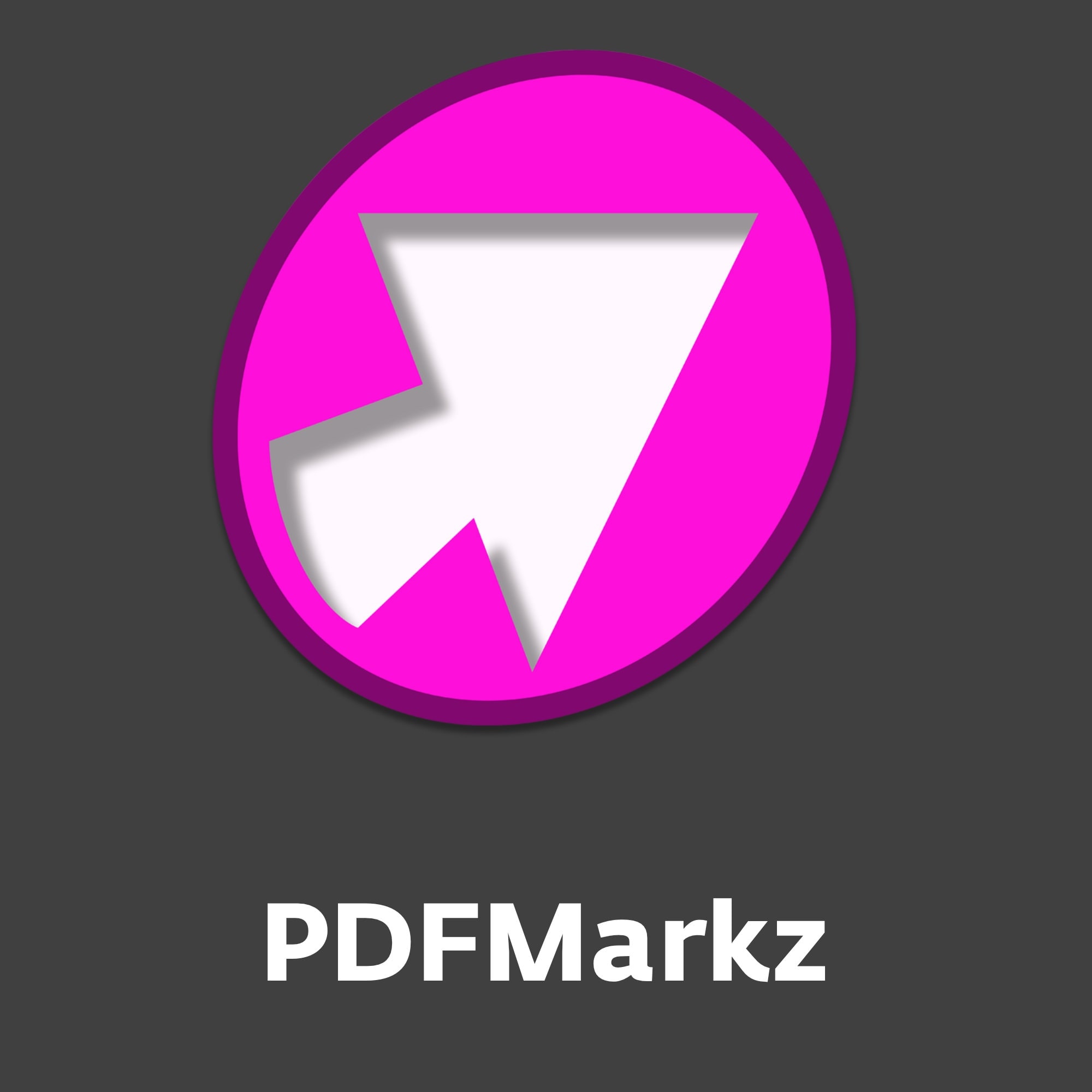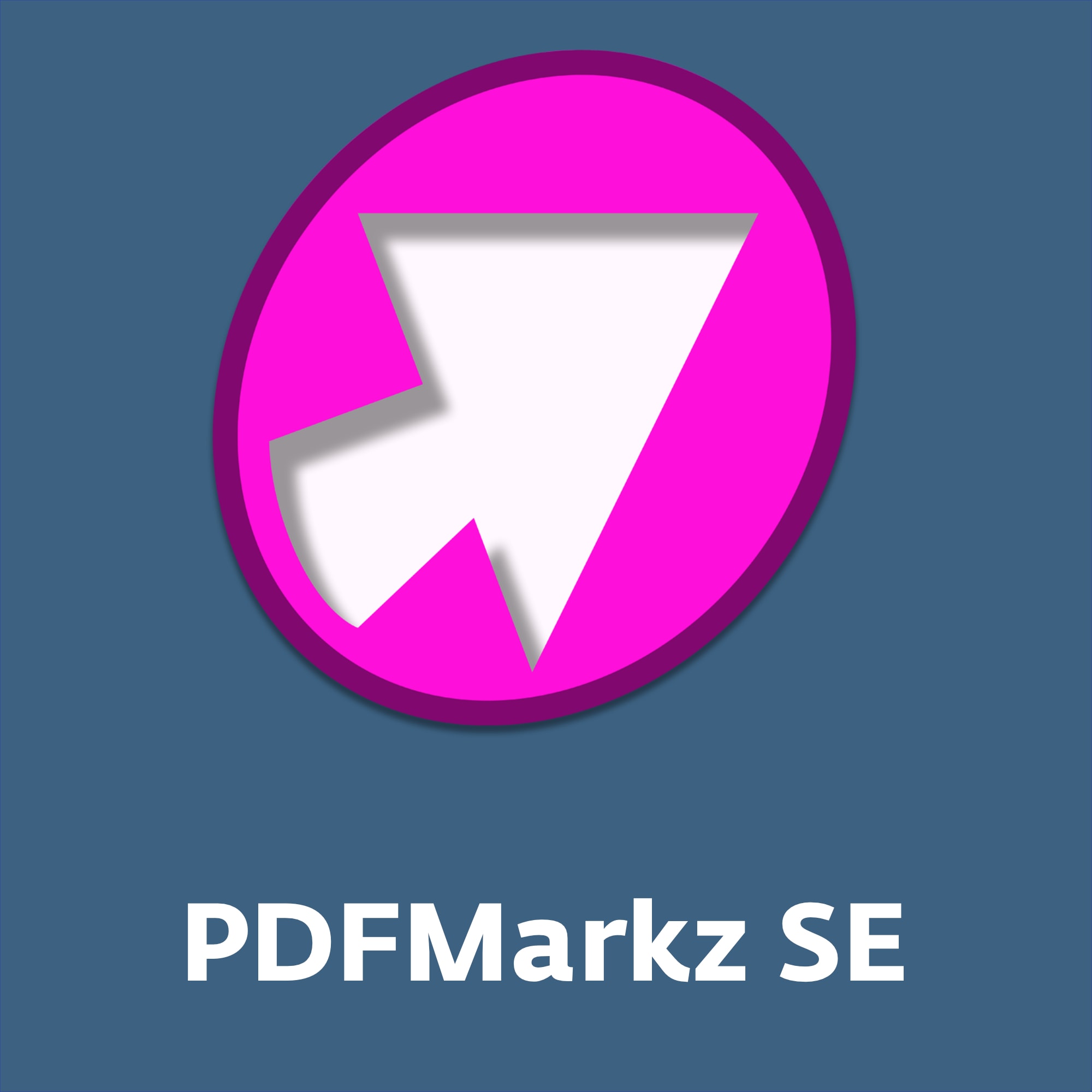Preflighting or postflighting?
Which is better and what would be an alternative?
What is the difference between preflighting and postflighting? We will look at this in this article and we will also look at an alternative.
Preventing and correcting errors in the source document
Preflighting is the document check before output. Anyone who publishes documents or prepares them for print is well advised to check that they are free of errors before they are printed or distributed.
Preflighting aims to catch errors before printing or before PDF output takes place. The correction takes place before (“pre-“) this edition. The idea is twofold:
- Correct errors in the source document so that the cause of the problem is eliminated.
- Correct errors before printing or PDF output.
The error is corrected in the prepress stage in the original software, for example in Adobe InDesign, Affinity Publisher or QuarkXPress. Only then is the PDF output created or data collected for printing.
Correct errors in the output
With post-flighting, the correction takes place after the output (“post-“). This usually involves checking PDF documents, which are checked again before printing or distribution in networks, for example. For this purpose, software solutions are used that allow limited editing of PDF documents. However, bear in mind that a PDF document was never intended as a basis for editing and therefore only has limited possibilities.
Postflighting is used by many companies as a standard backup. However, the output format is corrected here and the original document remains unaffected. If you want to avoid this error in the future, you would have to make a correction in the original documents in parallel with the post-flighting. This is the only way to avoid having to make another correction in the next edition.
Not all preflighting is the same
Every publishing software today offers a kind of basic check before output. This is known as preflighting. However, Markzware offers other solutions that offer more possibilities. FlightCheck Pro also checks embedded objects such as EPS files, PDF files and the like. In addition, the audit and reporting can be set up according to your own specifications. This is both more flexible and safer.
Markzware FlightCheck Pro offers both preflighting and postflighting. Both the original publishing documents and the PDF files created from them can be checked. From work preparation (the customer sends data) to output (the finished publishing documents or PDF files), everything can be checked.

Production safety
The real issue is not preflighting or postflighting, but production safety. You don’t check documents because it’s entertaining, but because you want to prevent problems in production. Those who recognize errors early on have a better grip on their own production planning, can argue more easily with customers and build up a corresponding quality in their work.
It has proven to be a good idea to view production security and document verification as a standardization of our own processes. Documents are not only created according to standard specifications, but also checked. The reason for this is simple: you don’t work the same way every day and unforeseen things can happen. Careful checking prevents errors from becoming very expensive.
Production reliability – and therefore preflighting and postflighting – is important
- when exchanging documents
- when issuing documents
- when transferring documents from other projects.
The standardization of these tests increases the quality and reliability of your operating processes. It affects both your company and communication with the customer.
An alternative to postflighting
Those who prefer post-flighting, i.e. checking print-ready PDF files, also have an alternative. Instead of correcting the PDF file, a new original file can also be created. This is done using PDFMarkz, which analyzes a PDF file and creates an IDML file that can be opened in all major publishing solutions. This produces a new original file that can be corrected for errors. Once the document has been corrected, a new edition can be created.
However, if you have the original document, preflighting is the safest and simplest solution because it can be used to correct the original document.






